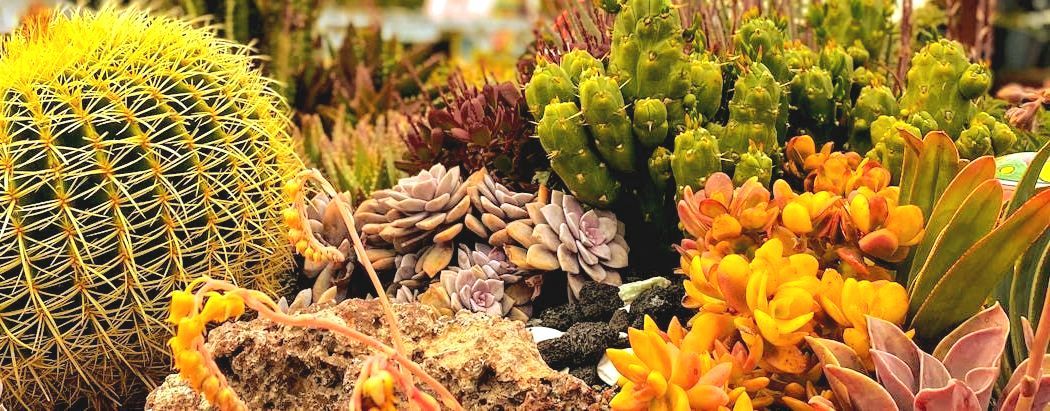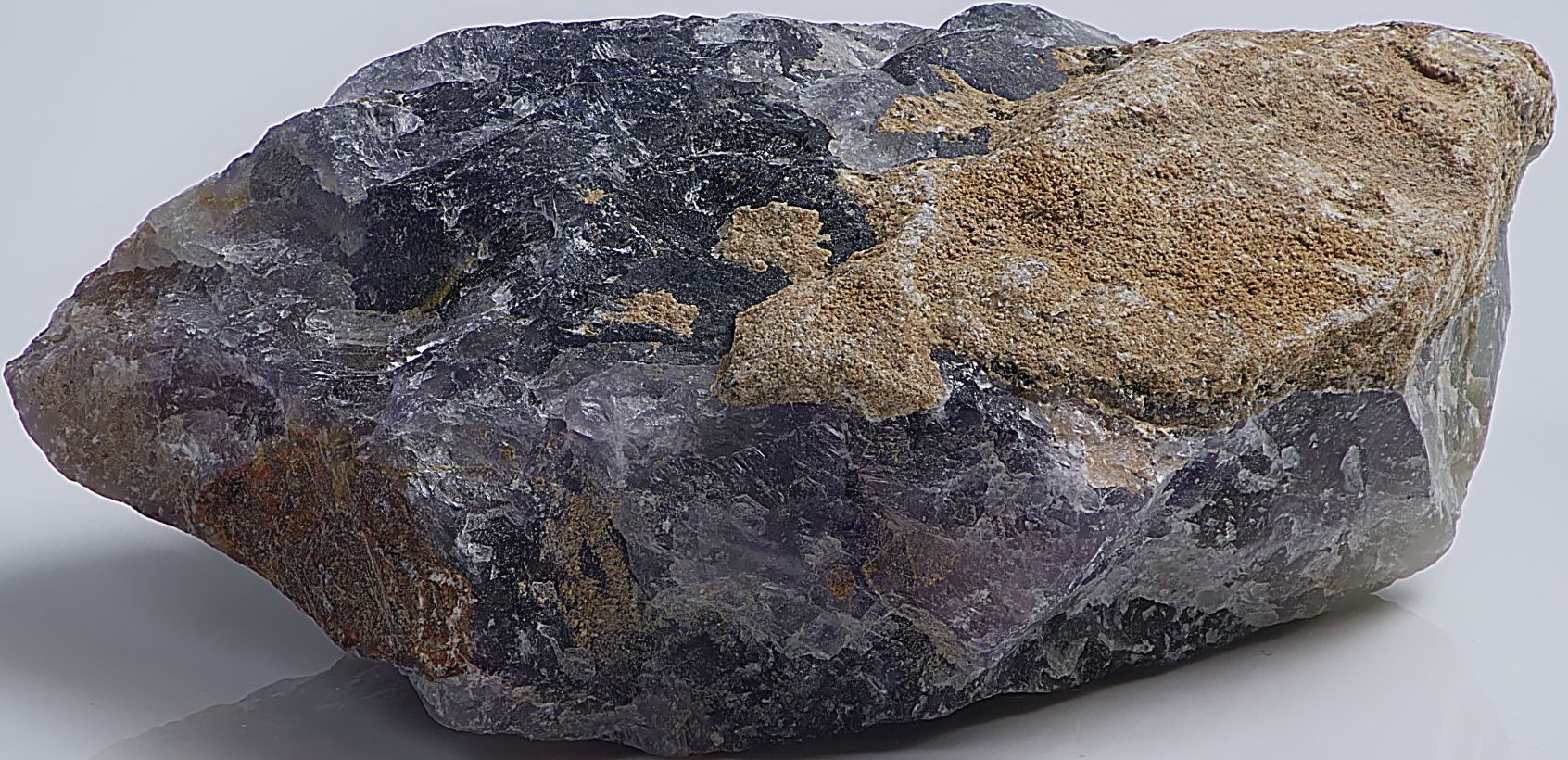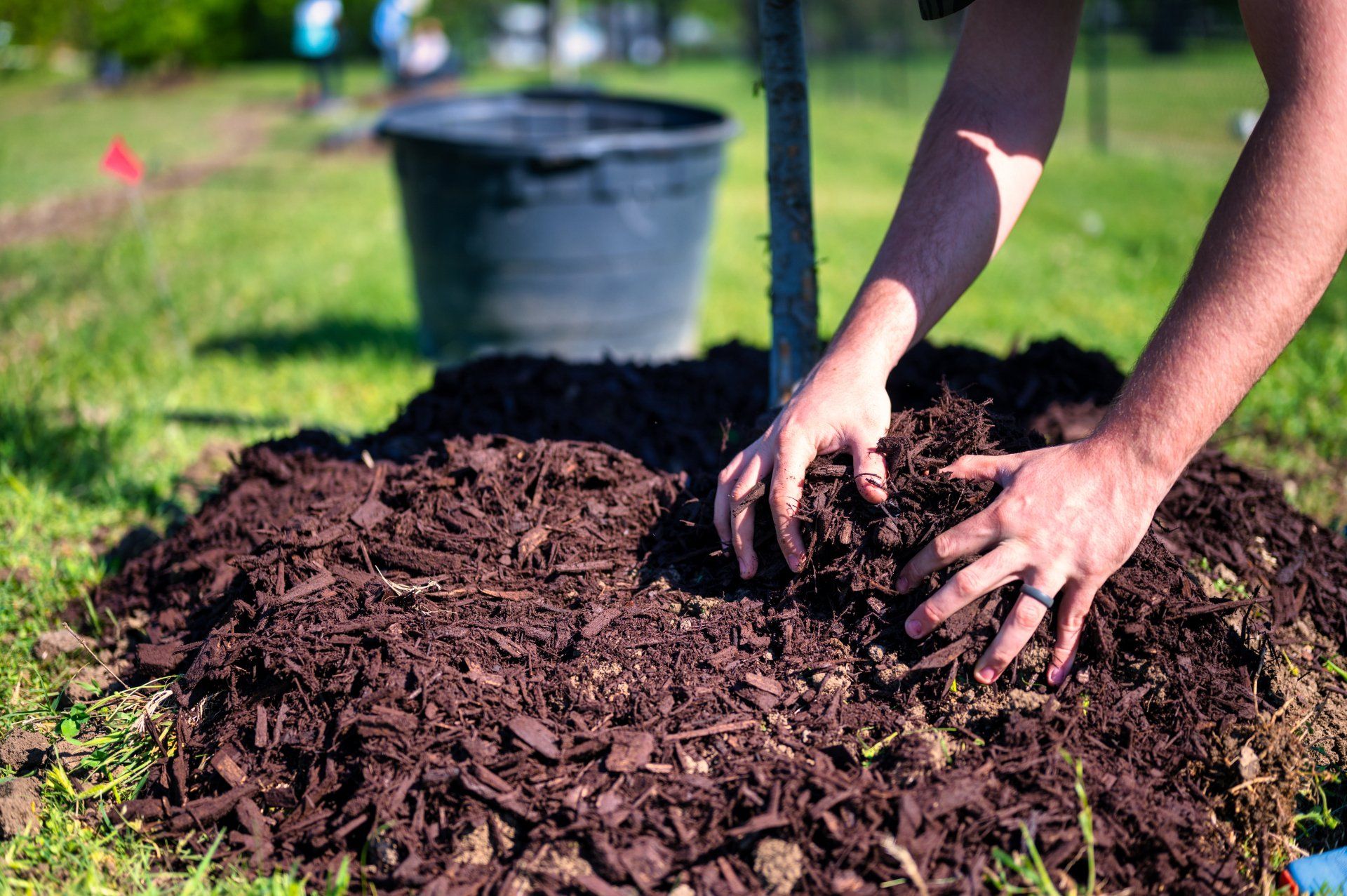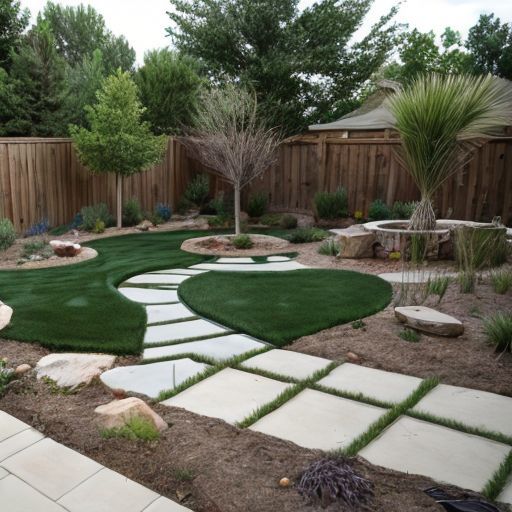
Xeriscaping: A Sustainable Approach to Landscaping
Xeriscaping is a water-efficient landscaping method designed to create visually appealing and environmentally friendly outdoor realms. Essentially, this is a landscaping philosophy that aims to conserve through thoughtful design, appropriate plant selection, and soil management.
One of the unique aspects is its emphasis on drought-resistant plants that thrive in arid conditions. By choosing native or adapted flora, xeriscaping seeks to reduce the need for excessive watering, ultimately lowering the environmental impact. Succulents, such as agave and sedum, and native grasses are popular due to their ability to withstand dry climates.
The advantages of this sought-after technique are manifold. Primarily, it significantly reduces water consumption, addressing the growing concerns of its scarcity in many regions. This conservation is not only environmentally responsible but also economically sound, particularly in areas where costs are high or subject to restrictions. Additionally, xeriscaping can enhance property value by creating an aesthetically pleasing landscape that requires minimal maintenance.
Another notable advantage is the promotion of biodiversity. By selecting plants that are well-suited to the local climate, xeriscaping supports the natural ecosystem and encourages the presence of native wildlife. Also, the reduced use of chemical fertilizers and pesticides in xeriscaped gardens contributes to a healthier environment.
However, any landscape method comes with its set of challenges. One disadvantage is the initial high cost of installation. Drought-resistant plants and specialized soil amendments can be more expensive than traditional materials. The need for skilled labor and expertise in designing xeriscapes may also contribute to higher upfront costs. Despite these initial expenses, it is important to think about the long-term benefits.
Over time, xeriscaping proves to be a cost-effective choice. The reduced water usage leads to lower utility bills, offsetting the initial investment. Additionally, the minimal maintenance required for xeriscaped gardens translates to fewer ongoing costs, making it an economically viable and sustainable option.
In terms of plant selection, it involves careful consideration of the local climate, soil conditions, and water availability. Native plants, which are naturally adapted to the regional environment, are the backbone of xeriscape designs. These plants are often more resistant to pests and diseases, requiring fewer chemical interventions. Some popular choices in Texas include sage, red yucca, succulents, and Texas redbud. Check out the Texas Landscaping 101 blog for more selections of plant offerings.
To further enhance efficiency, mulching is a key component. Applying a layer of mulch around plants helps retain soil moisture, suppress weeds, and regulate soil temperature. Organic materials such as bark chips or compost are commonly used for mulching in xeriscape projects.
In addition to plant selection and mulching, efficient irrigation is crucial. Drip irrigation systems, soaker hoses, or rain barrels can be employed to deliver currency directly to the root zones, minimizing waste through evaporation or runoff. Smart irrigation controllers that adjust schedules based on weather conditions can also contribute to garden efficiency.
For those considering this method, consulting with a professional landscaper is highly advisable. A skilled expert can assess the specific requirements of the site, taking into account factors such as soil composition, sunlight exposure, and local climate. Their expertise can streamline the design process, ensuring the creation of a beautiful and sustainable landscape tailored to the unique characteristics of the property.
In conclusion, xeriscaping represents a mindful and sustainable approach beyond mere H2O conservation. It is a holistic method that considers the environmental, economic, and aesthetic aspects of outdoor spaces. While the upfront costs may seem daunting, the long-term benefits, including reduced water bills and minimal maintenance expenses, make this a prudent investment in the future of both the property and the planet. Choosing a professional landscaper experienced in xeriscaping ensures that the design is not only efficient but also visually pleasing and harmonious with the natural surroundings. Ultimately, using this approach is a forward-thinking solution that aligns with the principles of environmental responsibility and resource conservation.
Xeriscaping Solutions
Turf Reduction for Yard Maintenance

Minimizing water consumption in your yard can be achieved by opting for alternative grass types that demand less water and maintenance compared to traditional turfgrasses. Choosing suitable varieties tailored to your region ensures not only water conservation but also a resilient landscape. Consider embracing buffalo grass, Bermuda, or zoysia, which are excellent alternatives with lower water requirements and increased adaptability. When incorporating turf areas, opting for blocky, squarish shapes is recommended to facilitate efficient lawn irrigation, avoiding the challenges posed by tiny, narrow, or irregularly shaped grass plots.
Adding more Shade Elements

In the realm of xeriscaping, strategic incorporation of shading elements plays a pivotal role in water-efficient landscaping. Trees, such as native oaks, mesquite, or drought-tolerant varieties like Palo Verde, provide cooling shade. Shrubs and bushes, such as lavender or sagebrush, offer ground-level coverage, minimizing evaporation and reducing the need for excessive irrigation. Vines and climbers, such as jasmine or bougainvillea, can be employed to shade walls and structures, adding a touch of greenery while mitigating the impact of direct sunlight. Additionally, integrating hardscape shade structures, like pergolas or arbors, not only provides relief from the sun but also creates functionality within the landscape design. The thoughtful combination of these shading elements ensures a sustainably functional xeriscape that thrives in harmony with its environment.
Using Large Rocks for Designing

Incorporating large rock structures into your backyard design not only adds a visually striking and natural element but also offers several practical benefits. Firstly, these rock formations act as durable and low-maintenance focal points, requiring minimal care compared to traditional landscaping features. Secondly, the thermal mass of rocks helps regulate temperature, creating microclimates that contribute to energy efficiency. Moreover, large rocks can serve as effective erosion control measures, preventing soil displacement and enhancing the stability of the landscape. Lastly, the presence of these rock structures imparts a sense of permanence and timelessness to your outdoor space, creating a harmonious and enduring overall view.
Mulch Inclusion Benefits

The incorporation of mulch in your yard brings about a myriad of benefits that significantly enhance its overall look and feel. Firstly, mulch acts as a unifying element, providing a cohesive and well-manicured appearance to your landscaping. Secondly, it suppresses weed growth, ensuring a neat environment while minimizing the competition for nutrients among plants. Thirdly, mulch serves as a natural insulator, regulating soil temperature and moisture levels, and promoting optimal conditions for plant growth. Lastly, its organic composition enriches the soil as it decomposes, fostering a healthier and more vibrant ecosystem in your yard.

Home Page
We will get back to you as soon as possible.
Please try again later.
The regions leading professionals in landscaping, design and lawn care services
All Rights Reserved | Georgetown Landscaping
Locations: